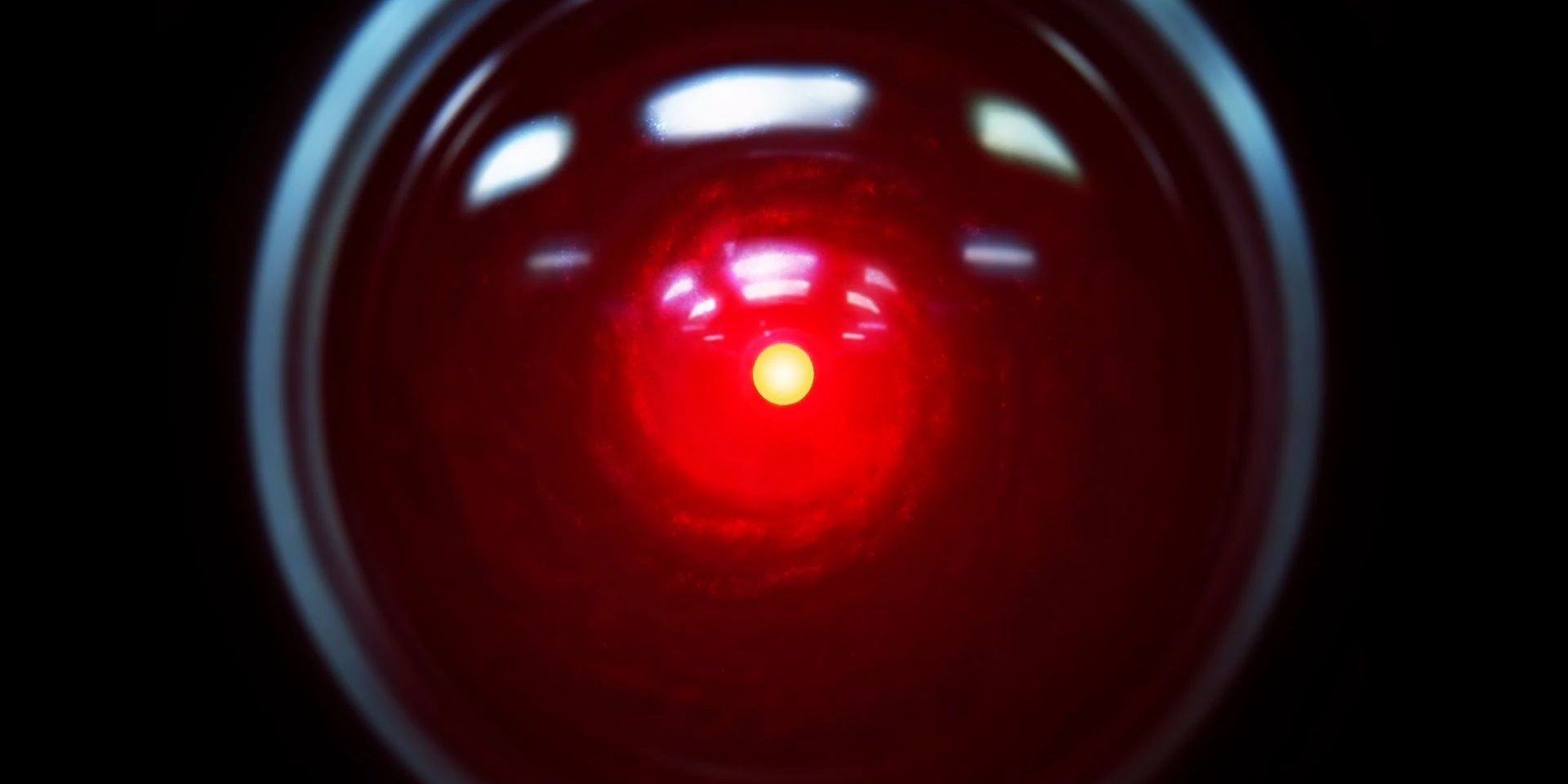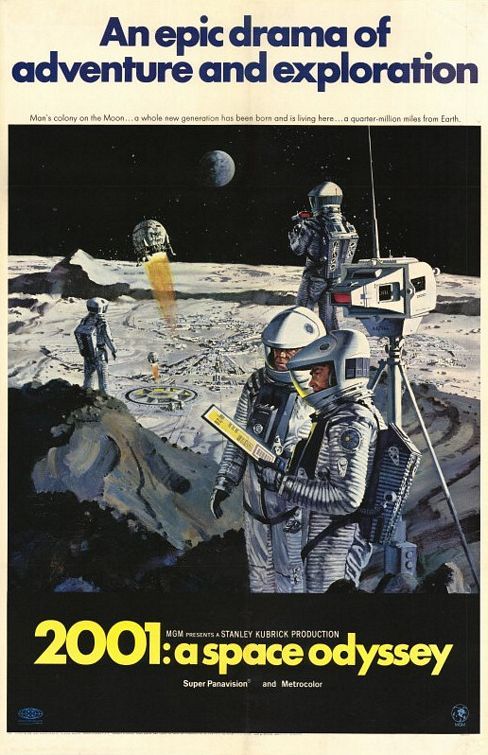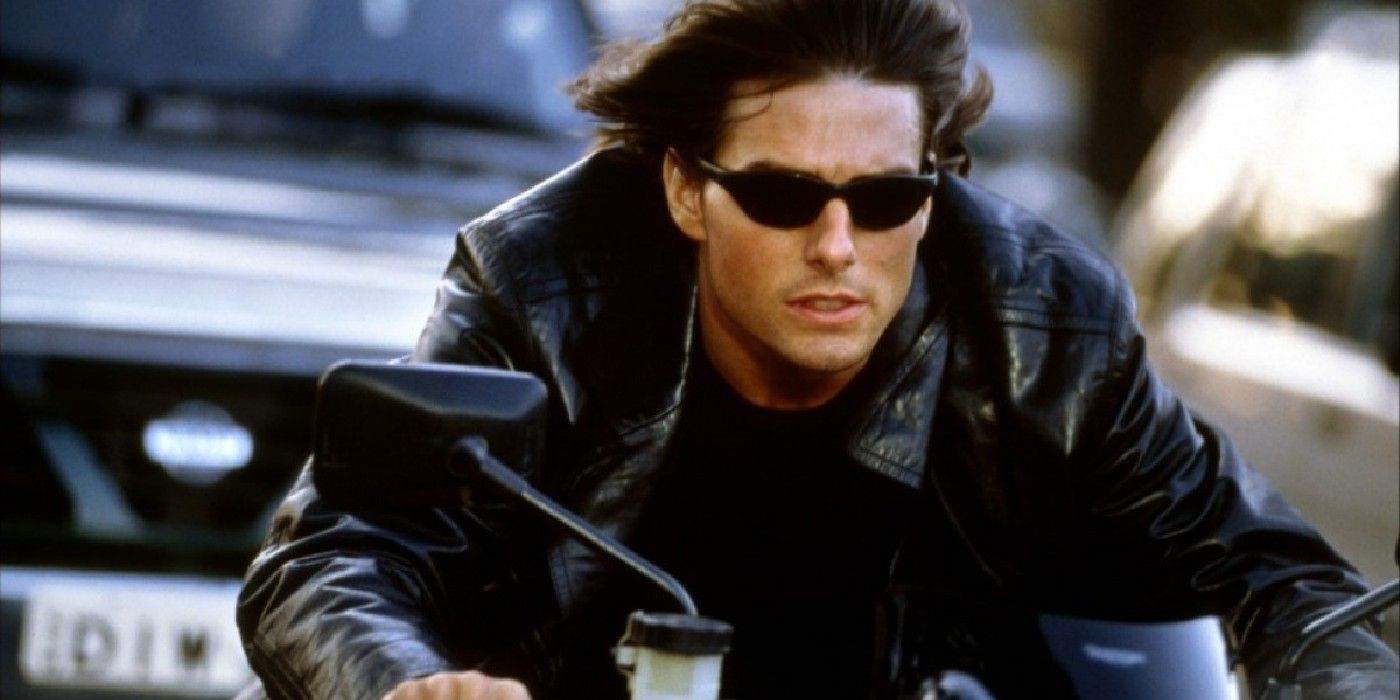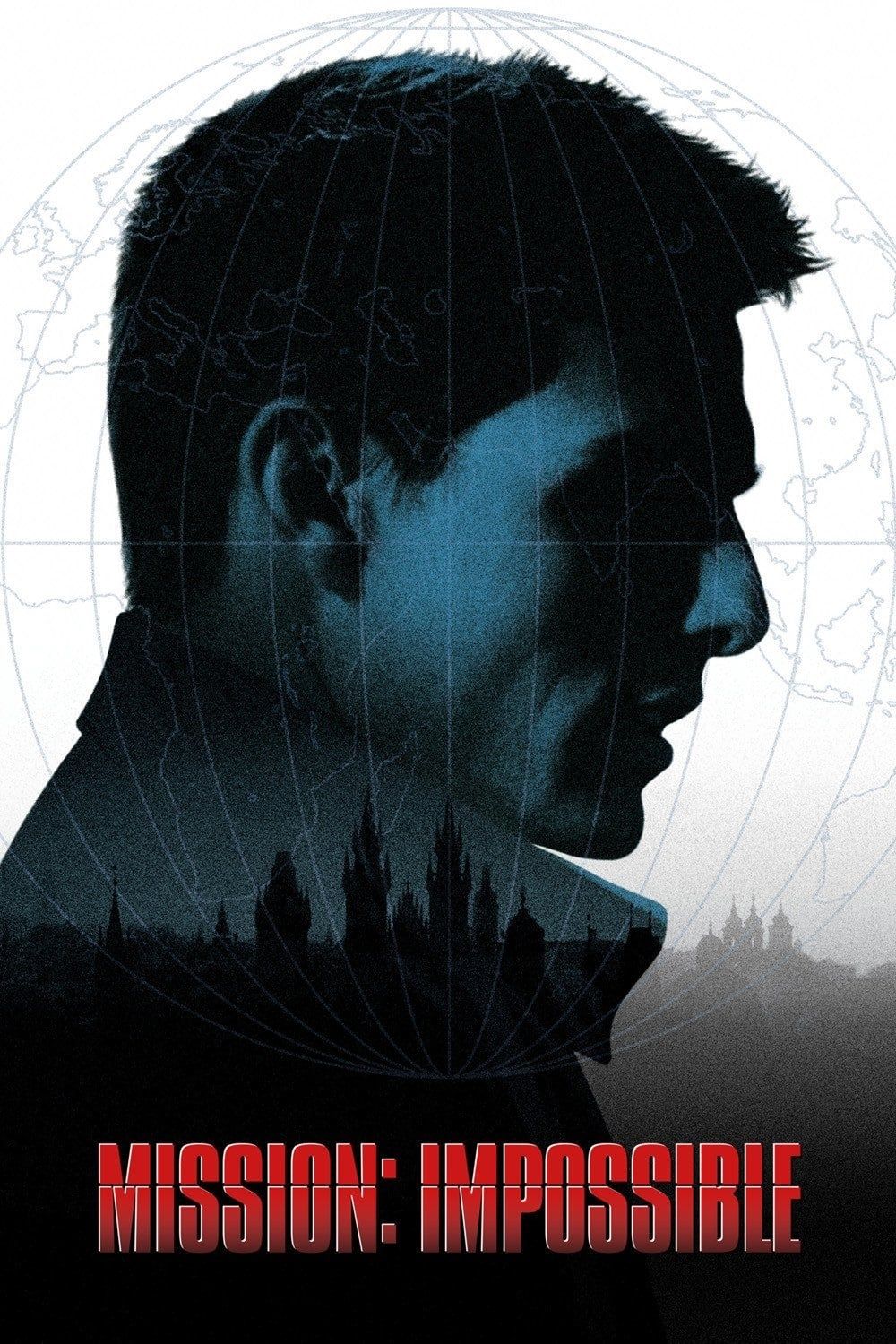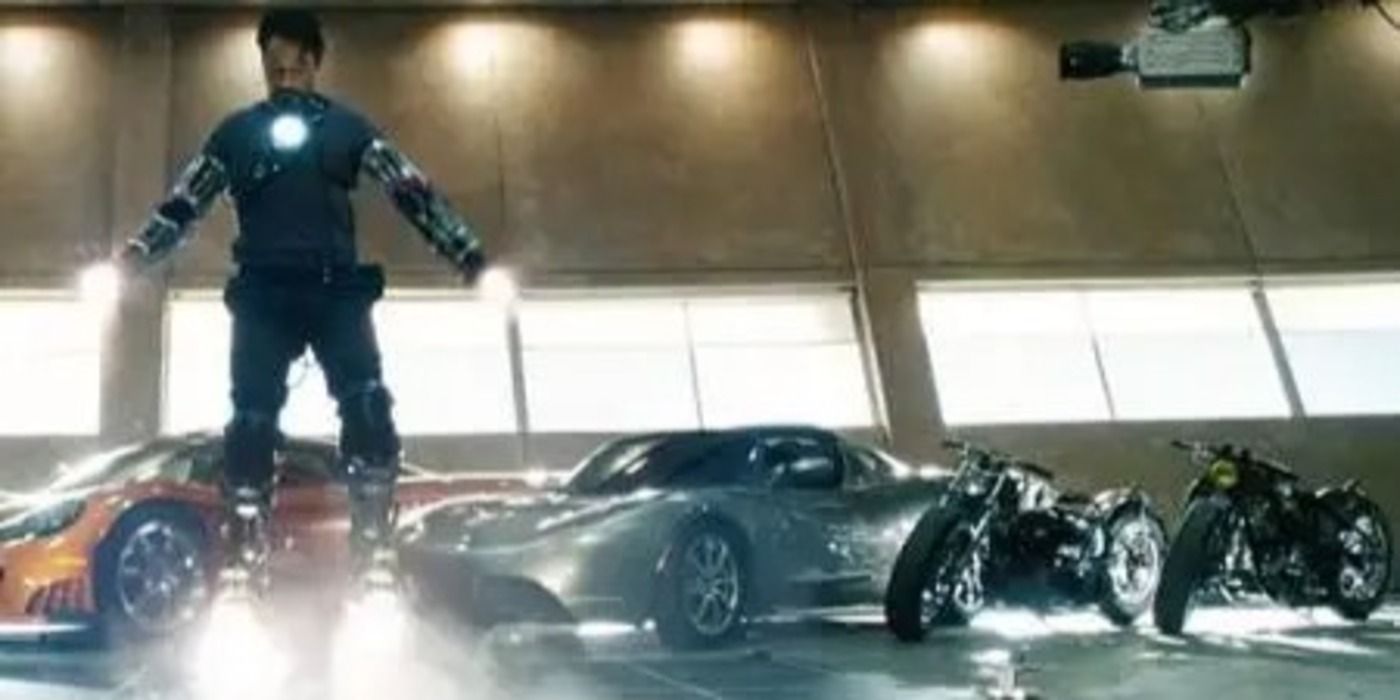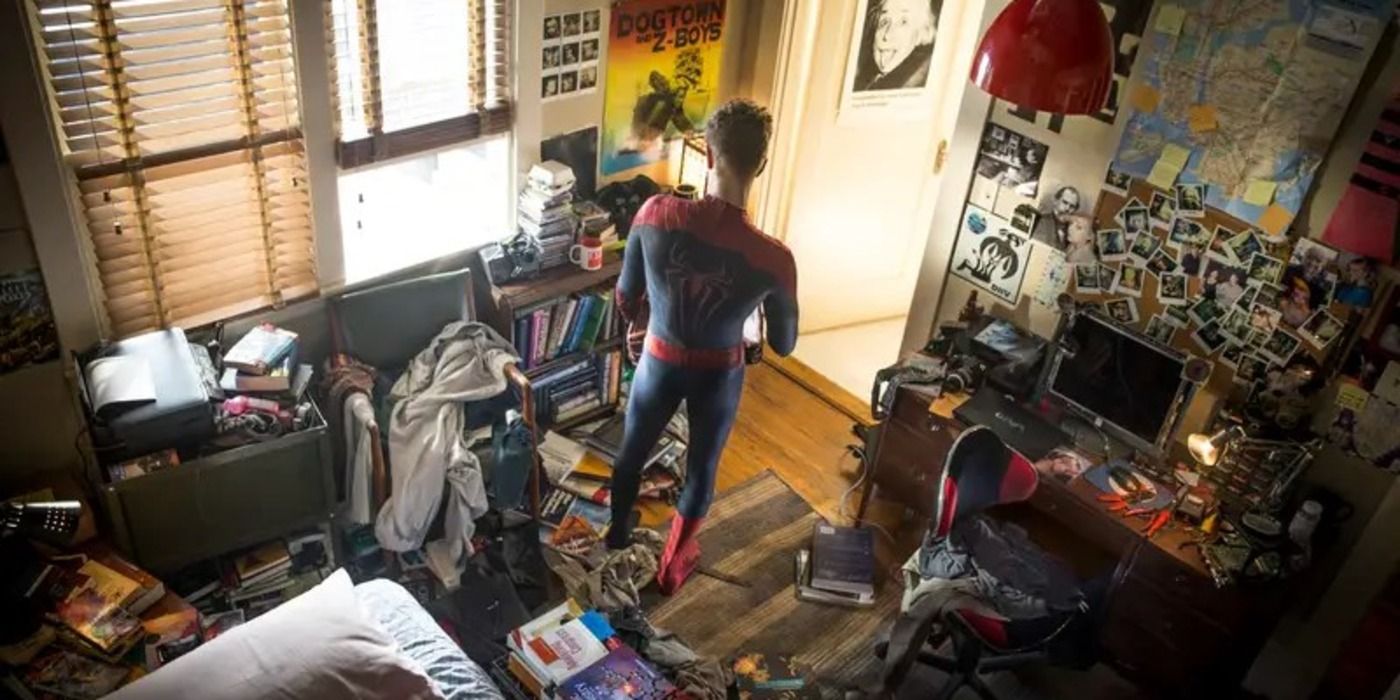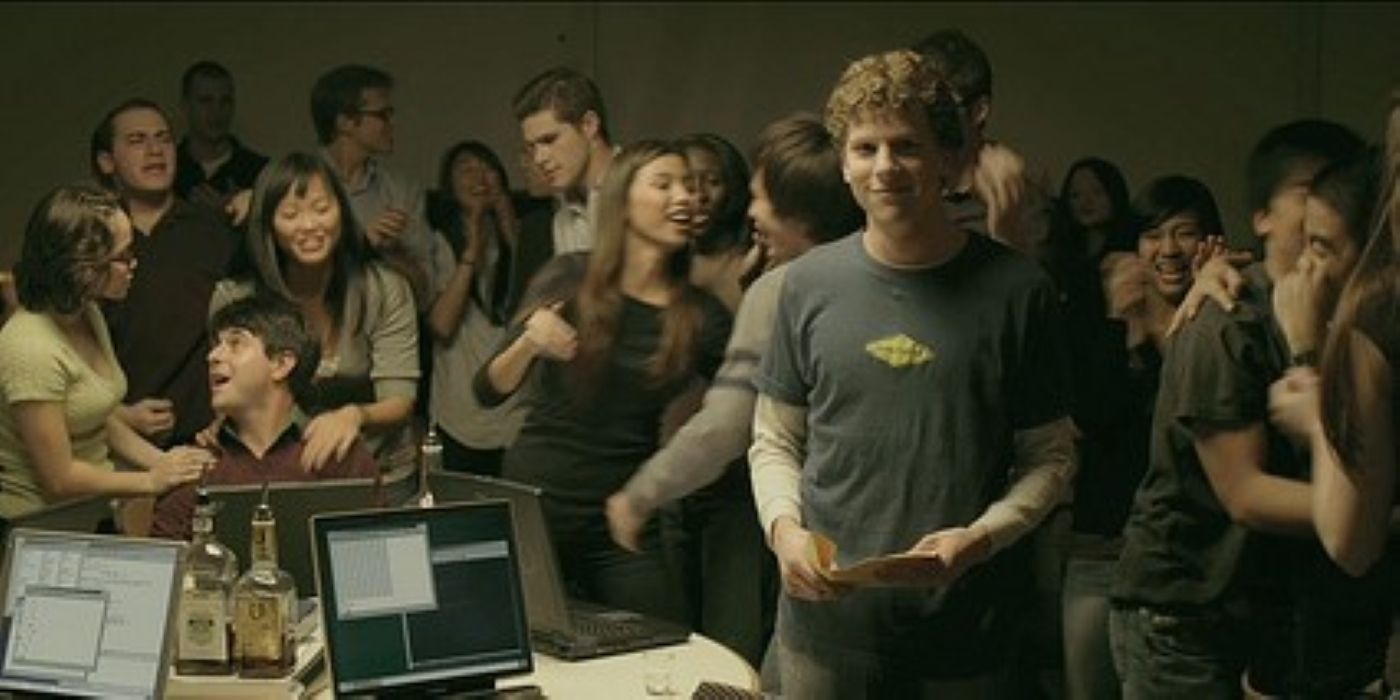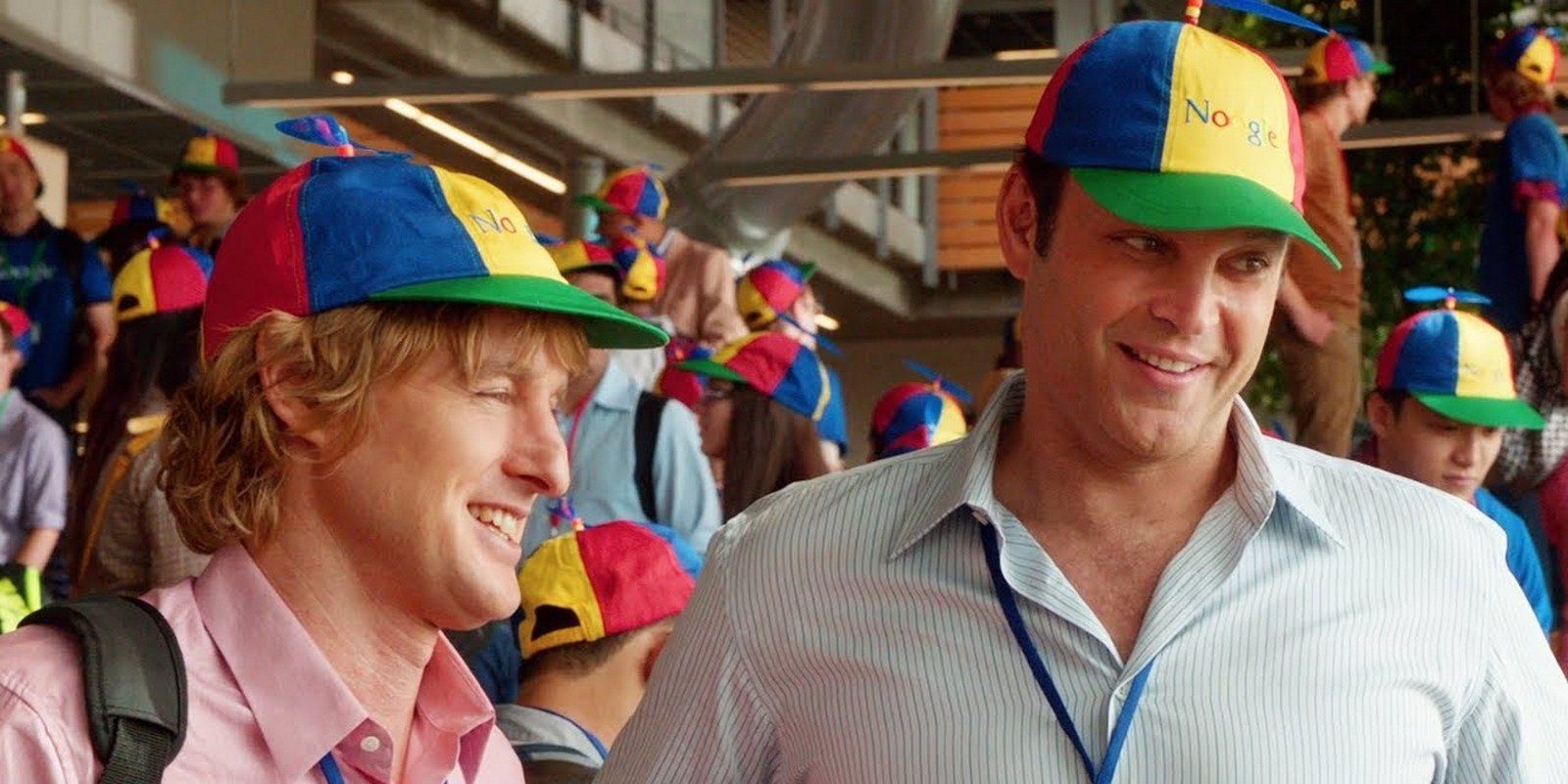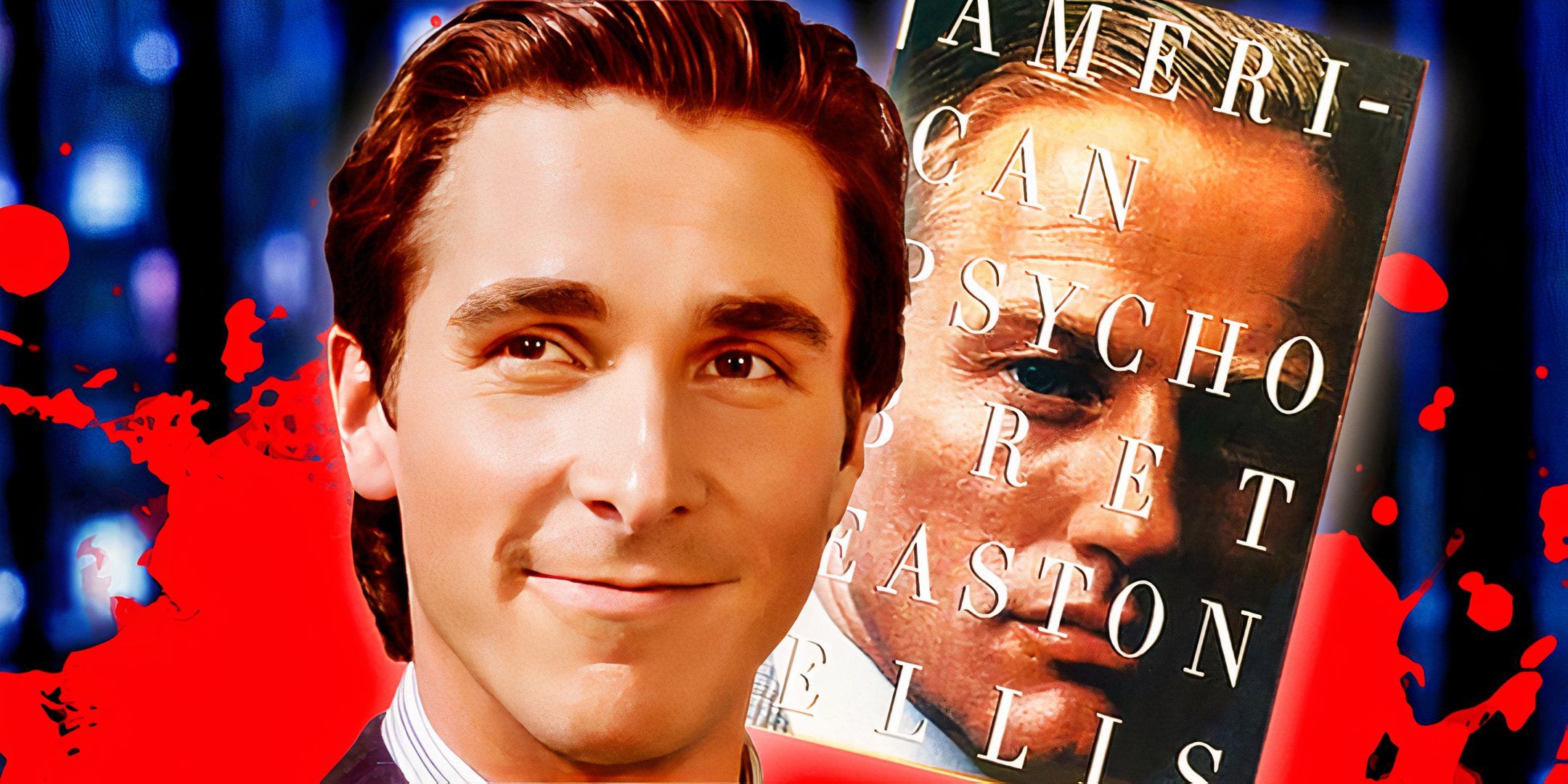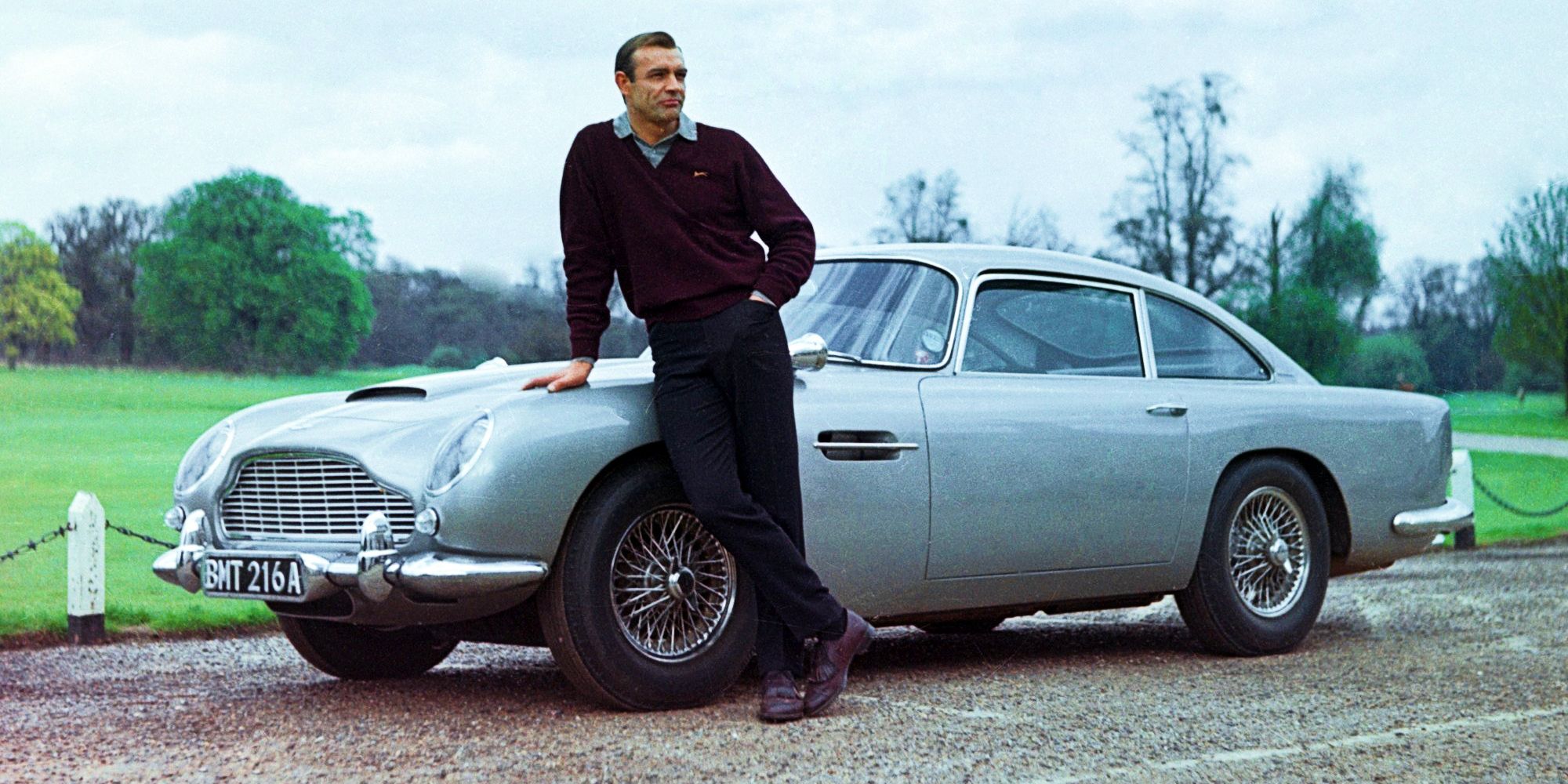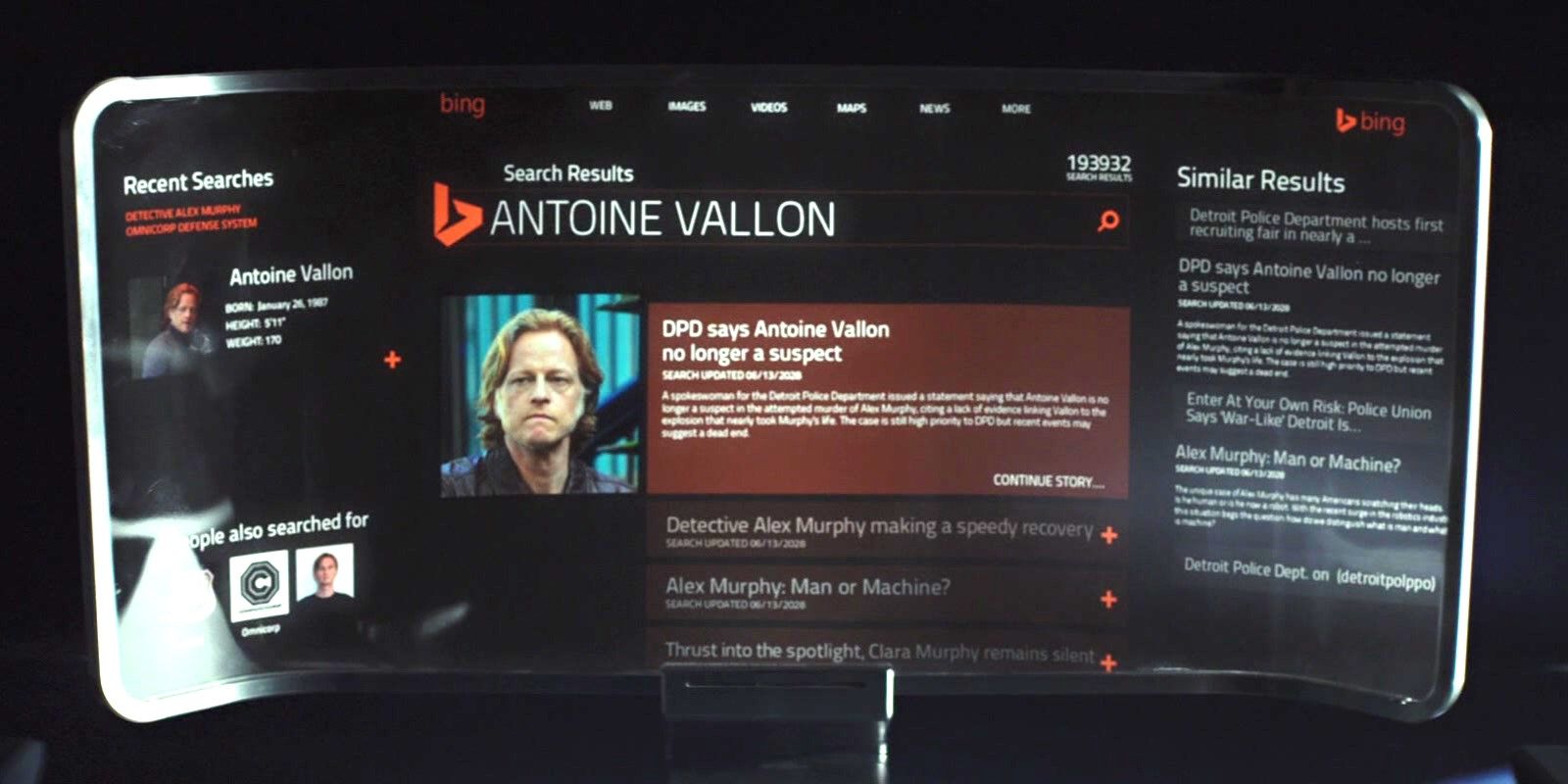10 Rules Tech Companies Made Movies Follow
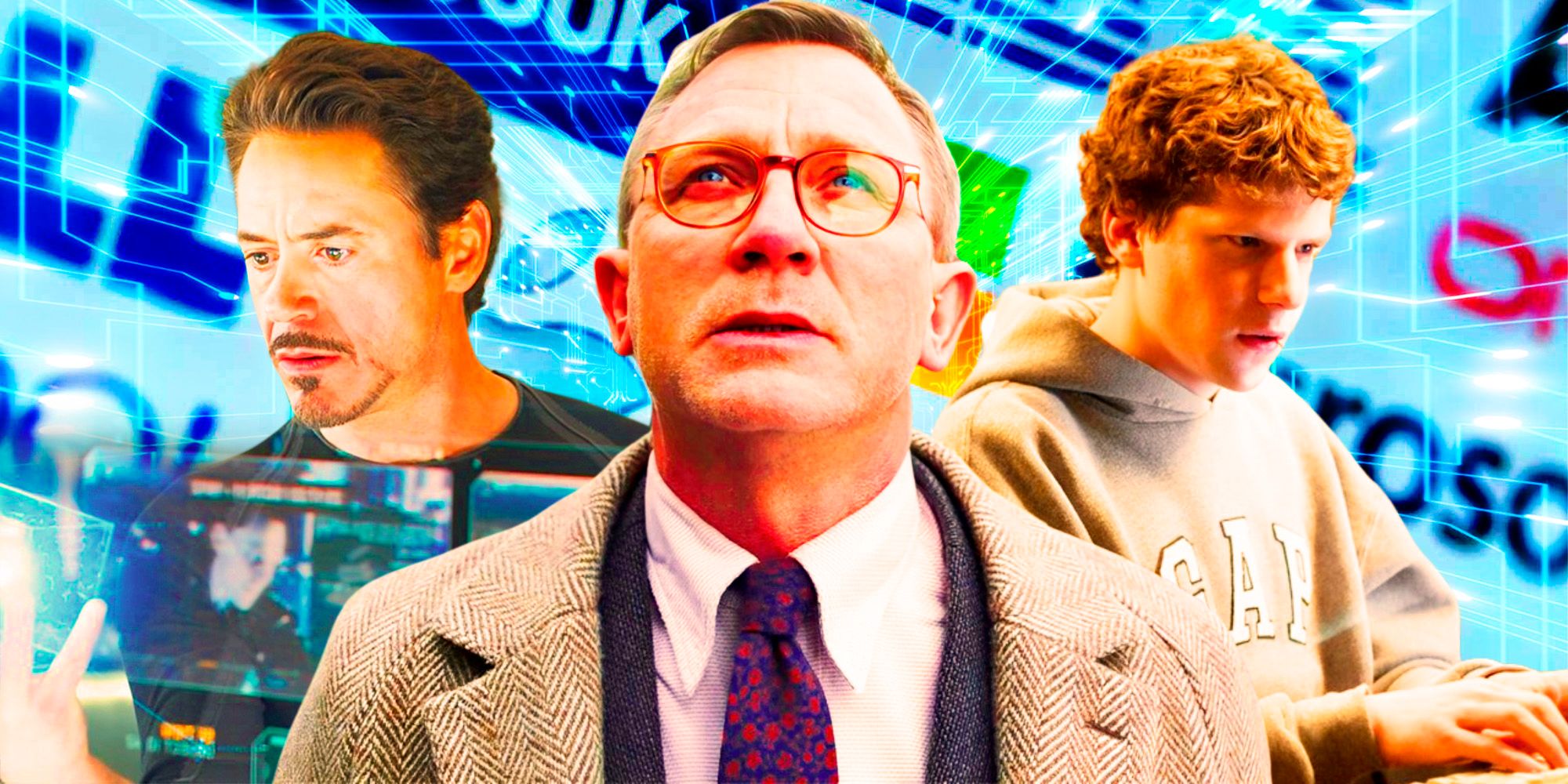
Eagle-eyed viewers will quickly notice how innovative technology gets presented in a movie, as these depictions often have fascinating behind-the-scenes circumstances to explain them. While in today’s modern technology world, characters using phones, computers, and different types of technology is a given, there are usually massive corporations behind the scenes making important decisions about how their tech is being used. This can lead to a positive viewer perception of the highlighted tech and provide a level of product placement that subconsciously influences consumers’ habits.
While technology has been central to some of the best sci-fi movies of all time, it’s also just as prevalent in murder mysteries, biopics, and laugh-out-loud comedies. Although audiences aren’t always privy to these behind-the-scenes deals, information has slowly leaked out about the true nature of strict rules that tech companies force filmmakers to follow. Even if viewers don’t notice that the bad guys never use Apple products, small details like this can have a massive effect on how and what audiences buy and choose to consume.
10 Apple Won’t Let Bad Guys Use iPhones
Knives Out (2019)
If viewers are watching a movie and aren’t sure who the bad guys are, one quick way to discover the truth is to check which character doesn’t have an iPhone. This may seem like a strange way to determine moral fortitude, but it’s exactly what Apple has required movies to do if they wanted to use their tech in the film. This was certainly the case for Rian Johnson’s Netflix murder mystery Knives Out, which had the specific rule that villains could not be seen using iPhones on camera.
Johnson stated in a video for Vanity Fair where he broke down a scene from Knives Out that Apple was very specific about how their tech could be used in the movie. “Apple, they let you use iPhones in movies, but, and this is very pivotal, if you’re ever watching a mystery movie, bad guys cannot have iPhones on camera,” he said. Johnson then joked that every other filmmaker with a movie bad guy they want to keep secret “wants to murder me right now.”
9 IBM Didn’t Want HAL 9000 Associated With Computer Failure
2001: A Space Odyssey (1968)
Stanley Kubrick’s 2001: A Space Odyssey was a sci-fi masterpiece that has continued to gain acclaim and had undeniable influence over the genre as a whole. Through its beautiful use of classical music, probing philosophical themes, and message on the dangers of technology, this story about a sentient supercomputer turned bad named HAL 9000 has never been more relevant. However, astute viewers have noticed HAL’s connections to the tech company IBM, whose logo even briefly appeared in the film and whose lettered name was just one letter shifted from IBM.
Kubrick was aware of these connections and, in 1966, wrote a letter to get ahead of the controversy (via Letters of Note) when he wrote to Polaris Productions vice president Roger Caras saying, “I don’t want to get anyone in trouble” and “I don’t want them to feel they have been swindled” by his story of a “psychotic computer.” Kubrick heard back that IBM had no issues with 2001: A Space Odyssey as long as their equipment wasn’t associated with “failure” and would allow the company to get a screen credit if they weren’t listed as “technical advisor for the computer.”
8 The Good Guys Use Macs
Mission: Impossible (1996 – Present)
Over the past several decades, computers have been intrinsically linked to everyday life, and it makes sense that they’d be featured as primary plot drivers in countless movies. The ubiquitous nature of modern computing means that the good and the bad guys are going to have to utilize tech, which can have a damning impact on a technology company’s reputation. Apple has been firm about their commitment to maintaining a positive image in film, which can be seen through their rule that the good guys use Macs in Mission: Impossible (via Irish Times.)
While product placement has a long history in Hollywood, Suzanne Forlenza, manager of Film/TV Placement and Marketing at Apple, explained that in the Mission: Impossible series Apple has a standing deal that Tom Cruise and the rest of IMF use Apple tech. “We have a standing insistence that we will only be in the hands of the good guys,” said Forlenza. With Apple products being used time and again by heroes to save the world, it can lead to audiences associating Apple with positivity and virtue.
7 Tony’s Tesla
Iron Man (2008)
The Marvel Cinematic Universe kicked off in 2008 with the first Iron Man, and with that, the world was introduced to the perfected personification of Tony Stark in Robert Downey Jr. One real-life figure whose often been compared to Stark was Tesla CEO Elon Musk, who even had a cameo appearance in Iron Man 2, where he was shown speaking briefly to Stark. Yet, this pair’s connection goes back to the first movie, in which Stark was seen sporting a Tesla vehicle among his other luxury cars in a scene where he tested his supersuit in his garage.
The appearance of the Tesla Roadster sports car in Iron Man actually predated the car being made publicly available, which meant the company had to give the filmmakers early access. With this in mind, it’s no surprise that Stark’s Tesla was simply a background image that showcased his wealth and status. Depicting Stark as a preferred customer who gained early access to their vehicles made the Tesla look more aspirational to general customers.
6 My Sony Sense Is Tingling
The Amazing Spider-Man 2 (2014)
Andrew Garfield’s time as the young webslinger Peter Parker in The Amazing Spider-Man series made full use of Sony’s role as a distributor. This meant that Sony had no issue ensuring that the movie significantly featured their tech, as Sony phones, laptops, televisions, and merchandise were packed into this superhero movie. As a modern teenager, it was no surprise that Spider-Man’s childhood bedroom was packed to the rafters with Sony tech to the point that it took product placement to the next level.
It was not just tech that Sony promoted in The Amazing Spider-Man 2, as Parker’s bedroom even contained a movie poster for the classic Sony film Dogtown and the Z-Boys. Even in emotionally heavy scenes between Parker and his Aunt May, it’s almost jarring to see the camera pan out to reveal a Sony television sitting on her nightstand. While product placement can have a powerful influence over viewers’ consumption, in the case of The Amazing Spider-Man 2, it was very noticeable.
5 The Truth Of Facebook
The Social Network (2010)
David Fincher’s extraordinary portrayal of the early days of Facebook, seen in The Social Network, didn’t exactly paint its founder, Mark Zuckerberg, in a positive light. With a probing script from Aaron Sorkin, The Social Network delved deep into themes of alienation, power, and aspiration as it showcased Zuckerberg’s founding of the social networking site during his sophomore year at Harvard University. Facebook did not consult with Fincher on the film, and for this reason, the filmmaker needed to follow strict rules to ensure the site was accurately portrayed and not open themselves up to litigation.
Leaked emails even revealed that Zuckerberg did not want the movie to be made (via Business Insider) and that he found the way the movie recounted his college years to be “hurtful.” The fact that Zuckerberg was opposed to the production of The Social Network meant the tech portrayed had to be absolutely correct, as any misrepresentation of how the site functioned could be seen as damaging to the company. Even if Zuckerberg claimed the way The Social Network explored his motivations for making the site was false, the actual portrayal of the site itself was accurate.
4 Google Goes Hollywood
The Internship (2013)
As the top internet search engine in the world, Google has become an integral part of many people’s everyday lives, although this has not always been reflected in film. One prime example of Google getting more involved in the film industry was the Owen Wilson and Vince Vaughn comedy The Internship. The tech company was heavily involved in this story about former salesmen taking up internships at Google (via Reuters.)
Google agreed to work with the film producers to ensure The Internship accurately represented the company. This meant that The Internship was careful to portray a positive work culture at Google’s office, with free food and exercise classes for employees being the norm. By giving the filmmakers extra access than would normally be possible for a movie’s production, the tech company was able to exercise more control over how they were depicted in The Internship.
3 Patrick Bateman’s Watch
American Psycho (2000)
In Bret Easton Ellis’ cult novel American Psycho, the yuppie serial killer Patrick Bateman was known for his 36mm Rolex Oyster Perpetual Datejust reference 16013 watch. However, this was not the case in the film adaptation starring Christian Bale, as the luxury watch brand was not comfortable with Bateman sporting their product (via Luxury Bazaar) and refused permission for him to wear his signature watch. Instead, Bateman was seen wearing a Seiko SNJX90, which meant the book’s line “Don’t touch the Rolex” had to be removed.
However, that’s not to say that the famous luxury watch brand was absent from American Psycho entirely, as other characters in the film were permitted to wear it. It makes sense that Rolex would have strict rules about how their product would be depicted in the film, as, although Bateman may have been a stylish and ultra-modern character, his actions, like killing his colleague with an axe, may not have looked great for the company with a Rolex watch dangling from his wrist.
2 007’s Car Never Fails
James Bond (1962 – Present)
The James Bond franchise has been moving with the times since the first movie was released in 1962. As a secretive agent with a license to kill, 007 has consistently utilized futuristic tech and incredible gadgetry throughout every movie in the long-running series. One major part of Bond’s appeal was his passion for sports cars, and viewers will particularly associate this MI6 agent with his signature Aston Martin car, which was first seen in Sean Connery’s Goldfinger and has continued to be a prominent part of the franchise right into the Daniel Craig era.
The partnership between Aston Martin and Bond has been a long and fruitful one (via Aston Martin), but it’s not without its caveats. While Bond has been continually seen driving the vehicle in high-speed chases and doing death-defying stunts, the car was never shown as unreliable or failing in a manner that could damage its reputation. The cars in James Bond were always presented as aspirational, and this was why car tech companies have always been interested in having their vehicles featured with as much positive exposure as Aston Martin has received over the years.
1 “Just Bing it”
RoboCop (2014)
It’s a long-standing joke that when a character decides to Google something in a movie, nobody bats an eye, but if they decide to use the search engine Bing, then viewers immediately think of it as product placement. As Microsoft’s Google competitor, it’s no surprise that films associated with the tech company often opt to showcase Bing as the world’s primary search engine. This was hilariously seen in the television series Hawaii Five-0 when a character told another to just “bing it” as if this was an everyday expression like ‘Google it.’
Keen film viewers will be quick to spot Bing being used as an alternative to Google in plenty of movies, including the 2014 remake of RoboCop. As a film set in the year 2028, RoboCop presented Bing as the primary search engine of the future. This partnership between Microsoft and Sony (via Bing Blogs) highlighted the symbiotic nature of movie relationships with tech companies, as they help and assist one another when it benefits both parties.
Source: Vanity Fair, Letters of Note, Irish Times, Business Insider, Reuters, Luxury Bazaar, Hawaii Five-0, Bing Blogs
World News || Latest News || U.S. News
Source link


